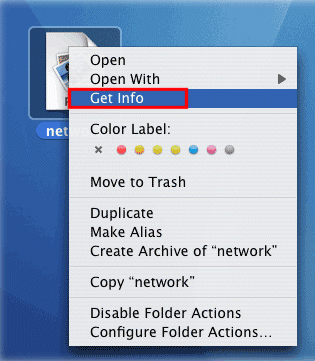Not affiliated with the site, but this is a free solution. What works for me is Launch bar. I hit command space, type txt, then hit enter and TextMate (or OS X's built in TextEditor) opens. I paste in, or type what I need to, and shift command S.
I had to create an.ISO file for a client recently, using the contents of a DVD (the VIDEO_TS and AUDIO_TS folders). The resulting ISO disc image had to be compatible on Mac and Windows systems. If using Time Machine to back up to a network disk, you can verify those backups to make sure they're in good condition. Press and hold Option, then choose Verify Backups from the Time Machine menu. In OS X Lion v10.7.3 or later, you can start up from your Time Machine disk, if necessary. Press and hold Option as your Mac starts up. It will create a new text file with the name “untitled” in the folder you are currently in. You can now double-click on the file to edit it in your favorite editor and add whatever content you want to it. That was the easiest and fastest way to create a new blank text file in any folder on your Mac. The Makefile isn't going to help much; there isn't going to be a rule that builds a program d from a source file dijkstra.c in the built-in rules. You'd either need dijkstra: dijkstra.c (which would probably work), or you can simply type make dijkstra and it will work.

I'm asked where I want to save my file. I don't see much difference between what I do, and navigating to where I want to put something, building an empty file there, and then open it with the software.

Especially considering I can do my method without taking my hands off the keyboard to use the mouse at all. Also I can do this with any program, not just a text editor (Aperture, StarCraft2, Mail, PowerPoint, etc).
PDFs are extremely versatile for business, particularly for sending different types of formatted documents and media in one multi-page file. Brochures, presentations, contracts, text documents, portfolios and newsletters are compatible across multiple platforms when sent as PDFs.
The problem: With multiple pages, images and format sizes, PDFs can become huge, making them difficult to email and download. If you are using OS X, two available options for reducing PDFs include using Preview and an often-forgotten application called ColorSync Utility. Preview offers a one size-reduction option which is useful for simple documents where loss of quality aren't of great importance.
For more detailed documents with images, ColorSync Utility provides a preset to compress PDFs, and also enables you to create your own custom settings for higher quality. Preset Resize - Shrink PDF Open your “Applications” folder on your Mac. You can access the Applications folder through LaunchPad and your Finder. Open the “Utilities” folder. Double-click the “ColorSync Utility” icon to open the application. Click “File” in the top menu bar, then click “Open.” Locate the PDF you want to resize on your Mac and click “Open. Pce-classic for mac. ” Click the tab next to “Filter” at the bottom of your document.
Click “Reduce file size.” The filter provided in ColorSync Utility reduces the scale of your PDF by 50% and restrict images to a maximum of 512 by 128 pixels. Click “Apply.” Save your PDF. Custom Resize Settings Click “File” in the top menu bar, then click “New Window” in ColorSync Utility. Click the gray circle with a white arrow to the right of “Reduce File Size,” then click “Duplicate filter.” This will create a second copy of the same filter called “Reduce File Size Copy.” Click the gray arrow to the left of “Reduce File Size Copy” to expand the settings. Click the gray arrow to the left of “Image Sampling.” Type the scale, resolution and minimum and maximum pixels you want to apply to any images in your PDF.
Click the tab next to “Quality” to set your image quality to low, medium or high. Click the gray arrow next to “Image Compression.” Click the tab next to “Mode” and select “Automatic,” “Uncompressed” or “JPEG.” Click the slider next to “Quality” and move it to the quality level you want. Open the PDF you want to resize and apply the Reduce File Size Copy filter as described in the steps 6 and onward of the previous section. Preview Open Preview, click 'File' and 'Open,' then locate your PDF. Click 'Open.'

 0 kommentar(er)
0 kommentar(er)
